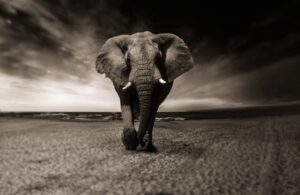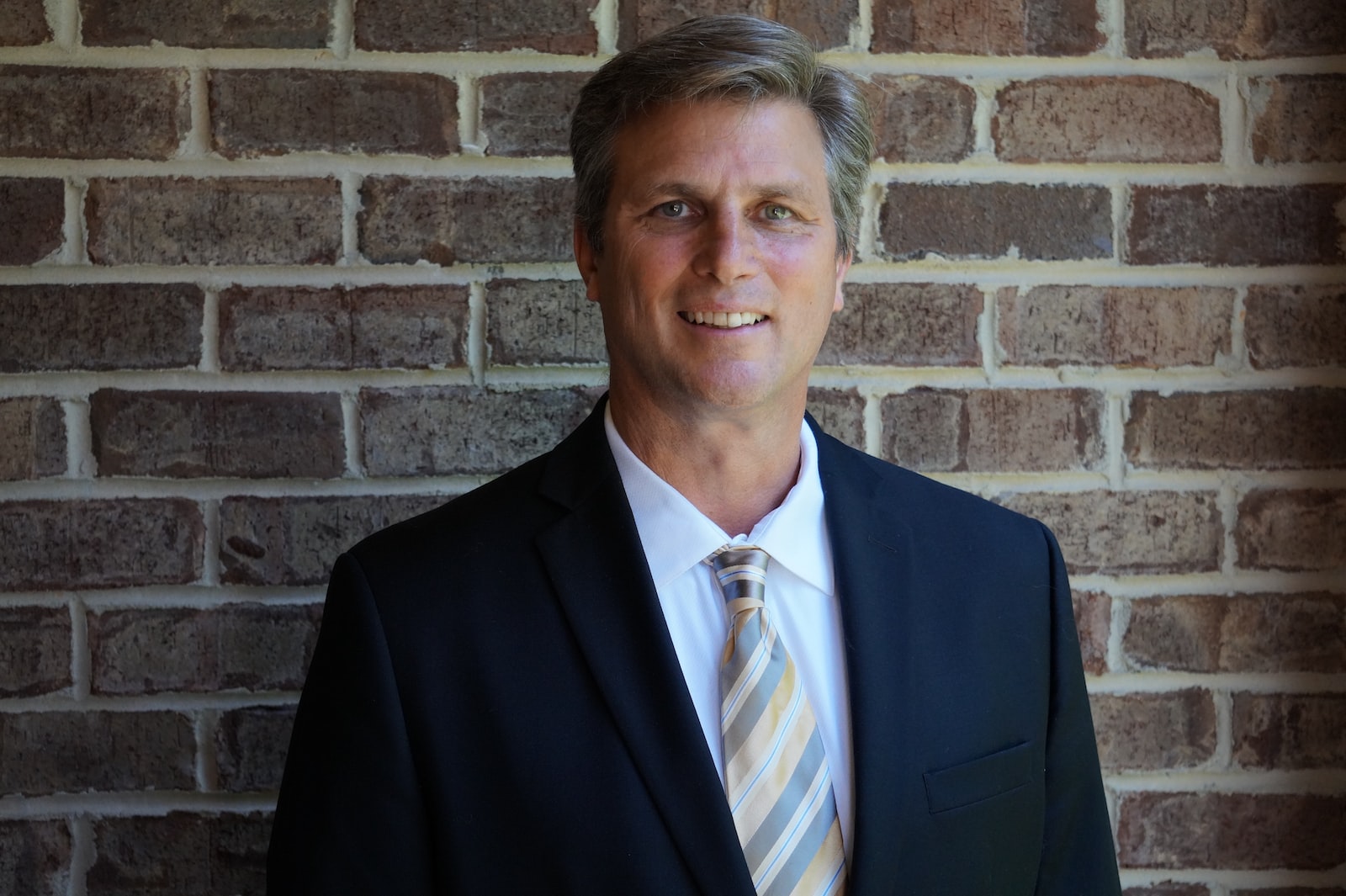Cambodia is a country on the go and on the mend. Decades ago, the Khmer Rouge propagated a vile genocide on their own people—butchering hundreds of thousands in clearings known to history as The Killing Fields. Part of their evil campaign involved sowing farmland and forests with thousands of landmines to make it impossible for people to farm their fields, travel and hunt in their forests and move with impunity around their villages.
The legacy of this campaign is seen to this day in the lost limbs and the psychic damage to so many Cambodians. The human toll is both evil and unimaginable. To make something this horrible worse it wasn’t just humans who stepped on the landmines. All manner of animals but especially elephants who graze in the fields and shelter their families in the forests have been maimed.
Some years ago, it struck some particularly talented and wonderful people that if they could make prosthetics for humans who’d lost limbs to mines, they could and should try to do the same for elephants. And that’s where our elephant sanctuary was born. For years now the wonderful humans at Wildlife Alliance have been helping elephants walk, run, and just “be elephants” using prosthetics and careful and loving care. Because the elephants must not only learn to walk again, but they must also learn to trust again—and trust is the longer journey. This is where we came in—to learn how to repair bodies and souls. Our first experience upon arrival was to meet some of the elephants who’d not experienced any physical harm from the mining of Cambodia but who’d developed deep psychological wounds from seeing other elephants harmed or killed by mines. Elephants are, like humans, deeply family centered, protective, loving, and loyal through their entire lives.
As we quietly approached a young female elephant our guide reminded us of two things—move slowly and, if you had coffee that morning expect to be nuzzled. We took care to do the first, the elephant took care to reinforce the second—who knew?—elephants LOVE the smell of coffee.
Next, we moved to the enclosures where the elephants come in multiple times a day to have their prosthetics removed, a liner sock removed, and their “stump” cleaned and powdered before a new sock and prosthetic are installed. The enclosure looks foreboding with its heavy steel posts and rails and its sturdy gates and locks. But the precautions are subverted to the experience. Of their own accord the elephants come running back to the paddock where they enter, turn around to facilitate the caretaker’s access to their legs and then patiently and actively assist in the prosthetic care and changing process. Strapped into a new, dry, and clean prosthetic the gate is opened and the elephants run off into the surrounding grasslands—excited to be elephants.
From the moment we arrived and met our “coffee date” through the entire process of watching elephants line up to go through this miraculous process we felt deeply connected to the elephants, the staff and volunteers, and the beautiful land of Cambodia. In the back of our minds the reason for this destruction never went completely away but our primary focus was on the joy of the moment and the pure love we could feel from volunteers to elephants and elephants back to volunteers.
We are designed to connect. In a world that can feel overwhelmed with evil and division there are many, many examples like those of our friends at Wildlife Alliance. We don’t need to go to Cambodia to find reasons and ways to connect. All around us are family, friends and neighbors who are experiencing their own mental, physical, social, and psychological pain. They are every bit as wounded as the elephants but often their pain is not physically noticeable—unless we make the effort to notice.
This is an excerpt from If I Could Walk with the Elephants.



